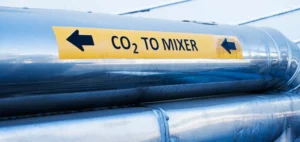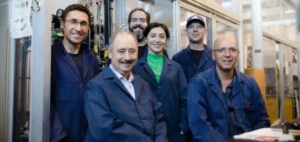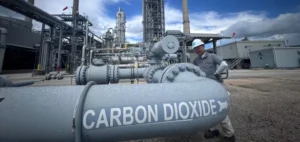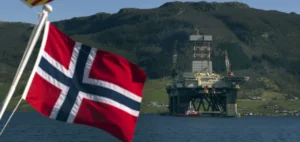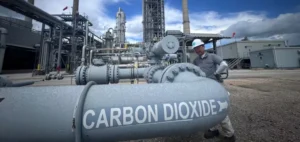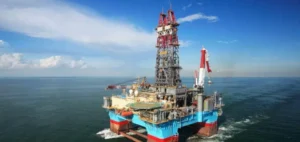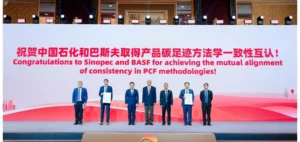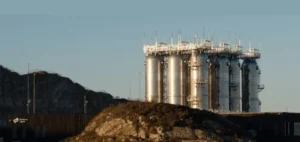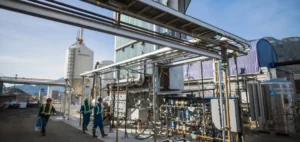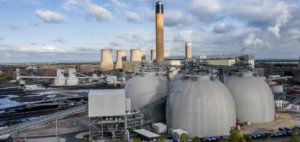Nearly 60% of the world’s major listed companies have declared that they are aiming for carbon neutrality by 2050.
This trend is particularly marked in Asia, where Japanese, Chinese and South Korean multinationals have seen their number of commitments increase in recent years.
However, these announcements conceal a more complex reality: the majority of companies use offsetting mechanisms to compensate for their inability to effectively reduce their greenhouse gas emissions.
The report by the Net Zero Tracker consortium reveals that only 5% of companies surveyed meet all the carbon neutrality criteria defined by independent bodies such as the UN.
These criteria include precise emission reduction targets, consideration of greenhouse gases other than CO2, and limits on the use of carbon offsets.
In other words, companies’ current efforts to reduce their carbon footprint are still largely based on controversial practices.
Massive use of carbon offsets
The widespread use of carbon offsets, such as reforestation or the financing of green projects, is at the heart of the criticism.
Indeed, several independent studies question the real effectiveness of these mechanisms, which enable companies to present results on paper without actually reducing their emissions at source.
These offsets are sometimes perceived as a backdoor way of avoiding heavy investment in the direct decarbonization of their industrial processes.
Experts also condemn the poor quality of some of these initiatives.
Poorly supervised CO2 capture projects and unfulfilled promises of reforestation are fuelling mistrust of companies that rely heavily on offsets.
Energy sector players agree that, to achieve carbon neutrality, companies need to review their priorities by investing directly in emission-reduction technologies.
An urgent need for source reduction
According to analysts, priority should be given to reducing CO2 emissions by more than 90% before considering offsets.
However, the majority of companies concerned continue to favour temporary, low-cost solutions rather than committing to projects that will radically transform their activities.
The energy sector, in particular, is struggling to adopt the changes needed to reduce emissions at source.
Takeshi Kuramochi, analyst at the NewClimate Institute, points out that Asian companies, while growing in terms of commitments, still lack a coherent strategy to achieve real decarbonization.
This observation is shared by the Energy & Climate Intelligence Unit (ECIU) and the Data-Driven EnviroLab, who point to a global trend towards long-term objectives without detailed planning for intermediate steps.
Increased pressure on companies
Regulators, as well as investors, are beginning to exert increasing pressure on companies to account for their decarbonization actions.
Catherine McKenna, chair of the UN panel on “net zero” commitments, believes that these promises of carbon neutrality are only credible if they are accompanied by real transparency in emissions management.
To achieve this, companies need to integrate rigorous monitoring tools and short-term targets, while diversifying their investments in direct emissions reduction technologies.
According to McKenna, the global energy transition can only be achieved through the combined action of companies, governments and financial institutions.
Asian multinationals face up to their responsibilities
Asian companies, particularly those based in Japan, China and South Korea, are among the most active in announcing carbon neutrality.
However, according to Net Zero Tracker, many of these commitments remain vague, with unclear details of the concrete measures to be implemented.
The pressure on these companies is all the greater given that Asia is one of the biggest contributors to global CO2 emissions.
Initiatives such as Oxford Net Zero seek to encourage a more stringent and transparent approach to decarbonization.
These initiatives underline the importance of companies setting verifiable and measurable targets at every stage of the process, and not just announcing ambitions for 2050 without concrete plans for the next 5 or 10 years.
The report’s findings also show that the most advanced countries in this field remain concentrated in Europe, where regulators are imposing stricter requirements on companies.
This contrasts sharply with certain regions of Asia, where regulations remain less restrictive.






